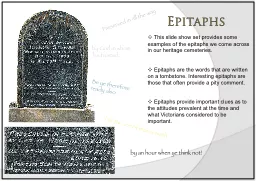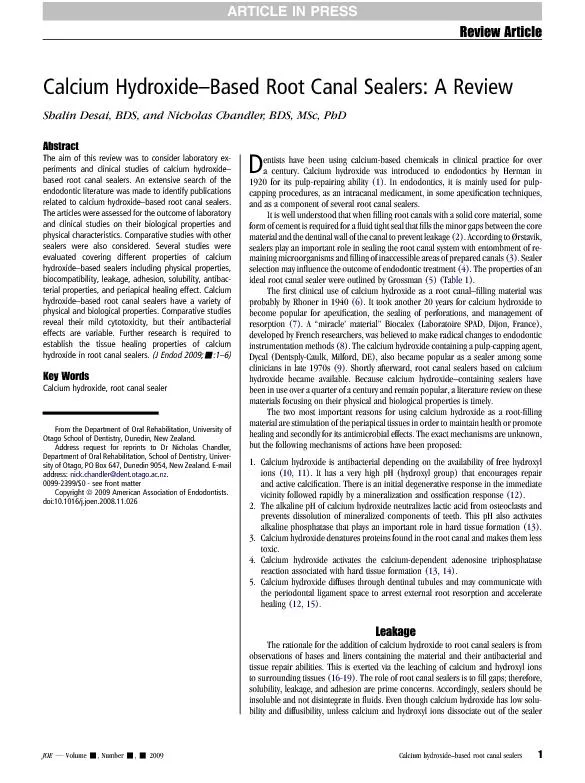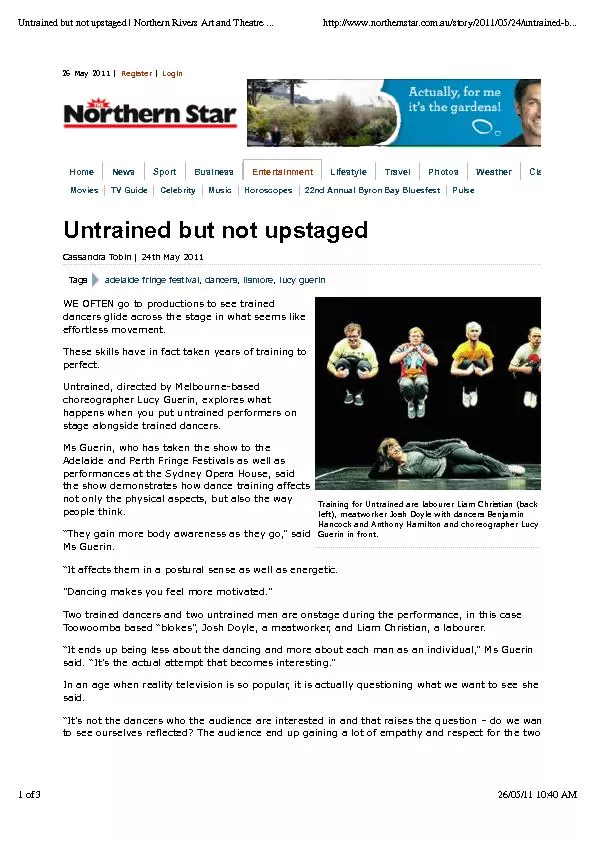PDF-Spire Dunedin
Author : danya | Published Date : 2022-10-14
The Hospital 16 B ath Road Reading RG1 6 NS Tel Appointments 0118 9 52 1313 Monday to Friday 9am to 1pm Dr Jude DCruz Endoscopist Annette Panting Services Manager Berkshire
Presentation Embed Code
Download Presentation
Download Presentation The PPT/PDF document "Spire Dunedin" is the property of its rightful owner. Permission is granted to download and print the materials on this website for personal, non-commercial use only, and to display it on your personal computer provided you do not modify the materials and that you retain all copyright notices contained in the materials. By downloading content from our website, you accept the terms of this agreement.
Spire Dunedin: Transcript
Download Rules Of Document
"Spire Dunedin"The content belongs to its owner. You may download and print it for personal use, without modification, and keep all copyright notices. By downloading, you agree to these terms.
Related Documents














